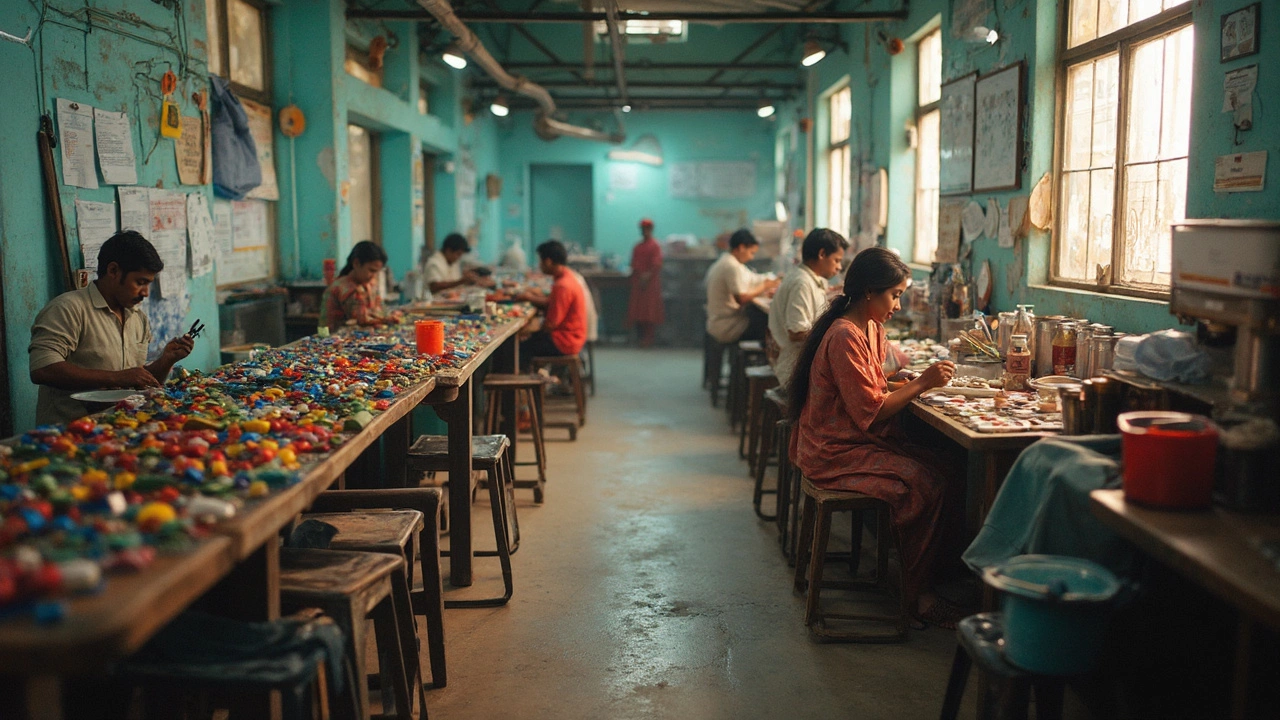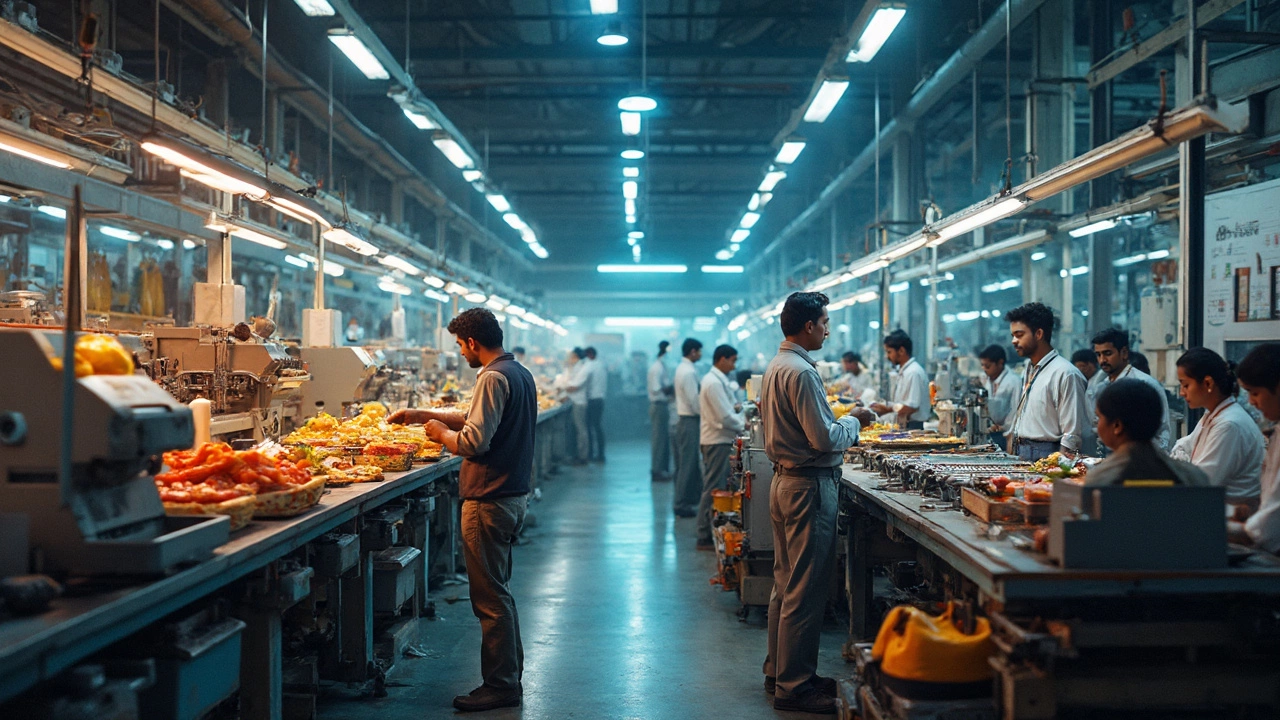Types – Exploring Categories Across Industries and Everyday Choices
When working with Types, the way we group items into distinct categories to make sense of variety. Also known as categories, it lets us compare, choose, and predict outcomes. In the world of Plastic, different polymer grades like rPET, rHDPE, and PP each serve specific uses from packaging to automotive parts, knowing the types of plastic can cut costs and boost sustainability. Rice, a staple that comes in basmati, jasmine, and short‑grain varieties, each with unique flavor, cooking time, and market demand illustrates how agricultural decisions hinge on type selection. Likewise, Garden, techniques such as container, no‑till, and drip‑irrigated systems each affect water use, soil health, and yield. Even Manufacturing, processes range from high‑precision electronics assembly to large‑scale steel rolling, each requiring distinct tools and skills. These examples show that types encompass categories, require classification, and influence decision‑making across sectors.
Why Understanding Types Matters
Knowing the right type lets you match resources to goals. For plastics, selecting a recyclable type like rHDPE reduces waste and meets buyer mandates; for rice, planting a drought‑tolerant type can protect yields in dry years. Gardeners who pick a type of irrigation that fits their soil texture avoid over‑watering and save money. In manufacturing, the type of production line chosen determines labor skill requirements and energy consumption. These links form clear semantic triples: “Types encompass specific categories,” “Types require accurate classification,” and “Understanding types influences economic outcomes.” By breaking down each field into its core types, you get a roadmap for budgeting, sustainability, and growth. The articles on this page dive into each of these relationships, offering data, tips, and real‑world case studies.
Below you’ll find a curated collection of posts that unpack the most relevant types we’ve mentioned—from plastic grades and rice varieties to garden methods and manufacturing sectors. Whether you’re a farmer, a factory manager, or a DIY gardener, the upcoming reads will give you the practical insight you need to pick the right type for your next project.
Small Scale Production: The Two Main Types and What Sets Them Apart
This article breaks down the two main types of small scale production and shows how each works in real life. You'll see what makes discrete and process production different, with clear examples. Get tips on choosing the right method for your business and learn common mistakes to avoid. The article also reveals some fast facts that most people miss when thinking about launching a small manufacturing setup. It's all packed into clear sections so you can quickly spot what matters for your own plans.
- manufacturing
- India
- food processing
- garden tips
- rice cultivation
- government schemes
- balcony garden
- urban gardening
- balcony gardening
- profitable business
- business ideas
- plastic manufacturing
- drip irrigation
- plant care
- steel manufacturing
- sustainable gardening
- startup ideas
- steel industry
- flower gardening
- textile manufacturers






